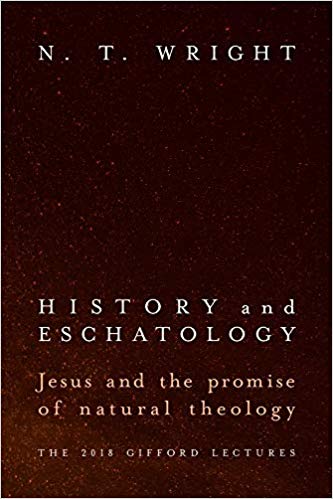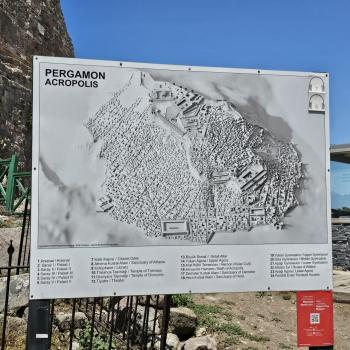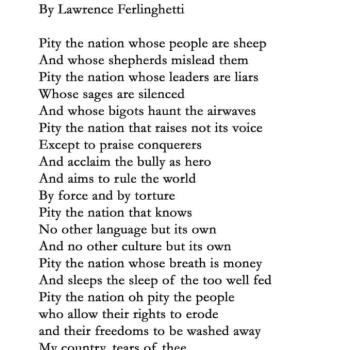BEN: In the later part of the book you suggest that not merely Jesus’ words, but perhaps especially his crucifixion has something to contribute to the discussion of natural theology, perhaps not least because it reveals most clearly how God is involved in human history. Unpack this for our readers. Perhaps say something as well about how the resurrection of Jesus contributes to the discussion of natural theology.
TOM: The argument of chapter 7 is that there are many ‘signposts’ to God in the world – in the human vocations to justice, love, spirituality, beauty, freedom, truth and power – but that ultimately they all let us down. They are ‘broken signposts’. But the story of the crucifixion of Jesus turns out to be the story of God himself coming precisely to that point of multiple breakage, so that the cross functions as the ultimate signpost, planted in real space-time-matter history. That’s why the cross remains powerful even in cultures and to people who know very little of it or who are actively hostile . . . But of course it only means what it means because of the resurrection of the crucified Jesus – which brings us back where we were a few questions ago, to the resurrection as the revelation of the goodness of creation and the validation of the
questions we naturally and rightly ask from within creation. So from the resurrection we learn that the signals we were receiving from within creation, though themselves puzzling and inconclusive or even misleading, were in fact correct. A kind of retrospective ‘natural theology’, then . . . though people need to read the book to see what that might mean!
BEN: The title of your book History and Eschatology. Jesus and the promise of natural theology, is intriguing in various ways. In regard to eschatology, you take an already and not yet approach. Already the kingdom has been inaugurated in human history through the life, death, resurrection of Jesus. Not yet has the kingdom of God come fully on earth as it is in heaven, hence the Lord’s prayer petition. It seems clear to me at least that that prayer assumes a certain present dualism between heaven and earth, and conditions in regard to God’s reign in heaven as opposed to on earth BUT that God plans to remedy this in the ‘new creation’ when ‘heaven comes down’ and there is a corporate merger between heaven and earth, such that the dwelling of God will be in the renewed creation, with his risen people conformed to the image of his Son. Yes? Say more about this.
TOM: Yes! But not a ‘dualism’; in NTPG I distinguished between ‘dualisms’ (where it’s an either/or thing) and ‘dualities’, like heaven and earth in Genesis 1, where (as Paul says in Ephesians 1.10) they are meant to come together. They are two spheres, but they overlap and interlock. All those biblical promises – Numbers 14, Psalm 72, Isaiah 11, Habakkuk 2 – about the earth being filled with the divine glory; and, in 1 Cor 15, of God being eventually ‘all in all’. That is the aim. The problem is that so much Christianity, particularly in the west, has imagined that the point is for US to ‘get to heaven’, whereas in the Bible the point again and again is that God wants to come and dwell with us. If we could get that right lots of other things would fall into place . . .












